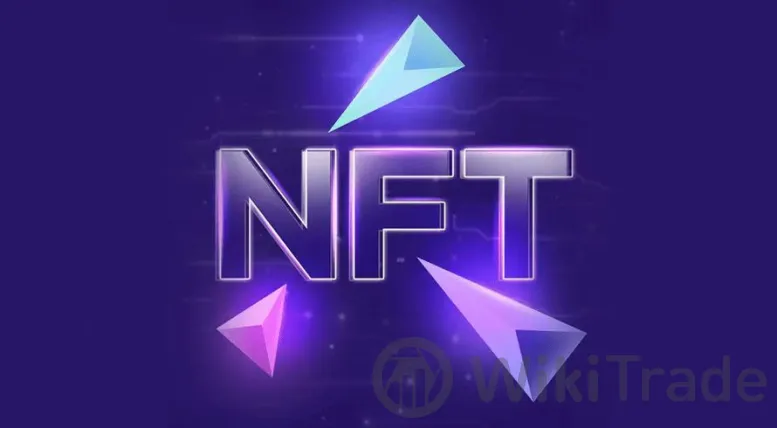NFT Platform to Sell Art
Abstract: To sell art as NFTs, consider platforms like OpenSea, Rarible, or Foundation. These offer user-friendly interfaces and robust marketplaces to mint and sell your digital art securely. Research each platform's fees, community, and support for artists.
Are you an artist looking to cash in on the digital art craze? Selling your art as NFTs (Non-Fungible Tokens) is a great way to do it. Here's a breakdown of how you can get started and make the most out of this booming market.

Understanding NFT Art
NFTs are digital assets that represent ownership of unique items or content. They're built on blockchain technology, which ensures their authenticity and prevents duplication. Each NFT has a distinct digital signature, making it a one-of-a-kind asset. This uniqueness is a big draw for collectors and artists alike.
One of the biggest benefits for artists is the ability to earn royalties every time their NFT is resold. Traditional art sales pay out only once, but with NFTs, you can keep earning as your work changes hands.

Choosing the Right NFT Sales Platform
When it comes to selling NFTs, you've got options. Two of the most popular blockchain platforms are Ethereum and Solana.
- Ethereum is the big player, with a wide user base and support for many NFT standards. However, it can be pricey due to high transaction fees.
- Solana, on the other hand, offers fast transactions and lower fees, making it a good choice for those looking to save on costs.
As for marketplaces, you've got giants like OpenSea and Rarible, which offer broad audiences and support for multiple blockchains. But there are also Solana-specific marketplaces like Solsea and Magic Eden, which are known for their low fees and quick transactions.

Creating and Minting NFTs
To turn your art into an NFT, you'll need to follow these steps:
- Design Your NFT Artwork: Make sure it's original and that you have the rights to everything included in it.
- Set Up a Digital Wallet: You'll need one that supports the blockchain you've chosen.
- Minting on a Platform: Upload your art, set the properties, and pay the minting fee. Platforms like OpenSea and Rarible make this process straightforward.
- Personal Branding: Tell your story and what makes your art unique.
- Social Media: Use platforms like Instagram and Twitter to show off your work and connect with potential buyers.
- Engagement Strategies: Host events, Q&A sessions, and giveaways to keep your audience interested.
- Legal Compliance: Make sure you own all the rights to your art and understand the laws in different countries.
- Tax Transparency: Keep detailed records of your sales and profits, as NFT profits are often subject to capital gains tax.

Marketing Strategies and Buyer Engagement
Building a brand and engaging with your audience is key to selling NFTs. Here are some tips:

Legal and Tax Considerations
When selling NFTs, you need to be aware of the legal and tax implications:

FAQs
Pricing Your NFTs: Look at what similar NFTs are selling for, factor in your costs, and consider the market demand.
Ensuring NFTs Sell: Market effectively, offer quality and unique art, and engage with your community.
Avoiding Pitfalls: Don't overprice, be aware of transaction fees, and always respect copyright laws.
Future Trends: Look out for integration with VR and AR, fractional ownership, utility NFTs, and a focus on sustainability.
Securing Your Wallet: Use reputable wallets, enable multi-factor authentication, and back up your wallet regularly.
Creating NFTs for Free: Some platforms may offer free minting during promotions, so keep an eye out for those opportunities.
Finding Cheap NFTs: Look for emerging artists, explore lesser-known platforms, and participate in auctions to find affordable NFTs.
By following these guidelines, you can navigate the NFT market and turn your digital art into a profitable venture.




Top News
 WikiTrade
WikiTrade WikiTrade
WikiTrade WikiTrade
WikiTrade WikiTrade
WikiTrade WikiTrade
WikiTrade WikiTrade
WikiTrade WikiTrade
WikiTrade WikiTrade
WikiTrade WikiTrade
WikiTrade WikiTrade
WikiTrade


